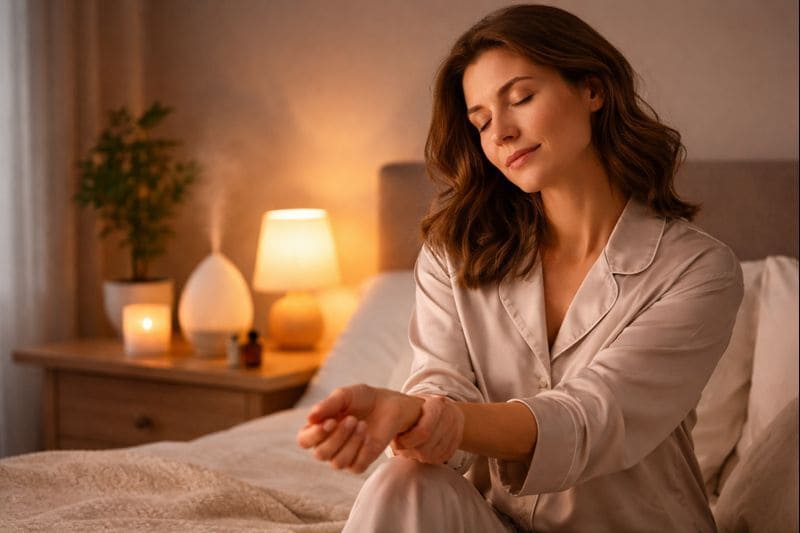According to WHO, about 18 million people each year from heart diseases. It is estimated that heart diseases account for 35% of the total global deaths and threatening the lives of hundreds of thousands. Today, most cardiovascular diseases are caused by chronic hypertension or high blood pressure, and our poor lifestyles trigger them. Luckily, there are several helpful ways to lower your high blood pressure; this includes exercises, meditation, and changing diet.
Sadly, it has become almost practically impossible over the past few months to occasionally practice some of these exercises and maintain a healthy diet. But there is no need to worry since massaging acupressure points for high blood pressure is another effective treatment for hypertension.
A research study published in NCBI journal suggests that when you apply pressure on specific acupressure points for high blood pressure on the body. It helps relieve muscular tension, promoting circulation of blood, which aids in healing.
Let’s dive deep to understanding acupressure points
What Are Acupressure Points?
Acupressure points are the points that reflect the body in traditional Chinese medical theory (TCM). The human body contains multiple pressure points. Various communities from different ethnicities believe that pressing these points can affect other parts or organs of the body, thus promoting overall health.
Sadly, there is no enough to support the use of acupressure points to help an individual heal. However, there is enough research about the use of acupuncture, which involves the use of needles.
The Chinese medical theory suggests that there is binding energy that passes through the natural ways known as channels, and when they are blocked, they cause an imbalance in Yin and Yang, thus inducing illness and chronic pain.
You can stimulate acupuncture points to relax muscles. When repeated several times in the form of massage, it can help sustain and improve the symptoms’ recurrence or balance Yin and Yang.
It is advised to be patient and consistent when you practice acupressure on yourself or someone. The best way to achieve stimulation on these points is to press firmly with a finger moving it up and down in a rotating movement.
How To Administer Acupressure To An Individual
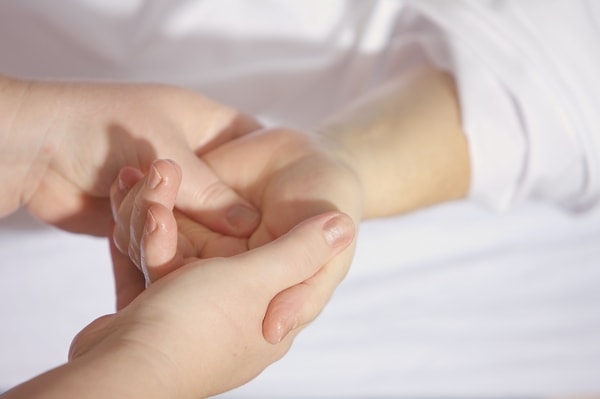
- Use firm and deep pressure to massage and stimulate each acupressure point.
- While massaging this point, ensure you are in your most comfortable position, close your eyes, and breathe deeply.
- You can either allow someone to massage these points for you or to do it personally.
Where Are The Acupressure Points Found?
According to the Chinese medical theory, there are over 2000 acupoints in the human body. Acupressure points for relieving high blood pressure are located on your leg, toes, hands, fingers, elbows on your back, and your forehead and back head.
Is There An Acupressure Point For High Blood Pressure?
Here is a list of the three most common acupressure points for relieving high blood pressure:
- LI-11
- KI-1
- Jiang Ya Gou (lower blood pressure ditch)
Acupoint: LI-11 (Other Names: Large Intestine-11/Qu Chi/Pool at the Crook)
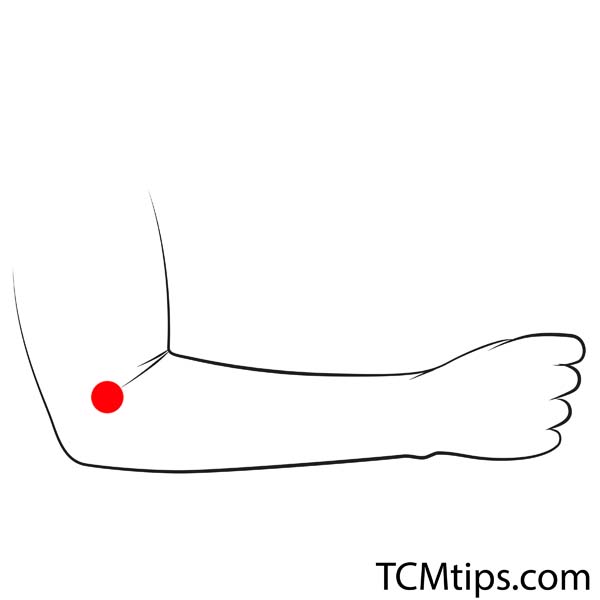
The large intestine (LI-11), also known as Qui chi in Chinese, is another acupressure remedy for high blood pressure. The large intestine (LI-11) acupressure point is the main point for dispersing pathogenic heat in the body.
The LI-11 is usually used in the late stages of external wind-heat invasion rather than LI4, which is more effective, and it is done in the early stages. It is also one of the top 10 acupressure points to relieve body pains & aches.
How I locate my large intestine (LI-11) acupressure point
I bring my hand on the chest with my thumb pointing up. The acupressure for point Large intestine 11 will be on the elbow’s fold and in line with the thumb on my forearms’ radial surface.
How to apply acupressure on LI-11
- I spread my palm and slightly bend my left arm; I tap on my LI-11 acupressure points on my left-hand elbow using my right hand.
- I repeat this procedure using my right hand to help reach acupressure points for lowering high blood pressure.
- Hold this point for one minute or two minutes.
- I usually repeating the above procedure frequently on my acupoints to help to lower my blood pressure and protect my body.
- Note that the best time to practice this method is early in the morning according to TCM.
Acupoint: KI-1 (Other Names: Kidney-1/Yong Quan/Gushing Spring)
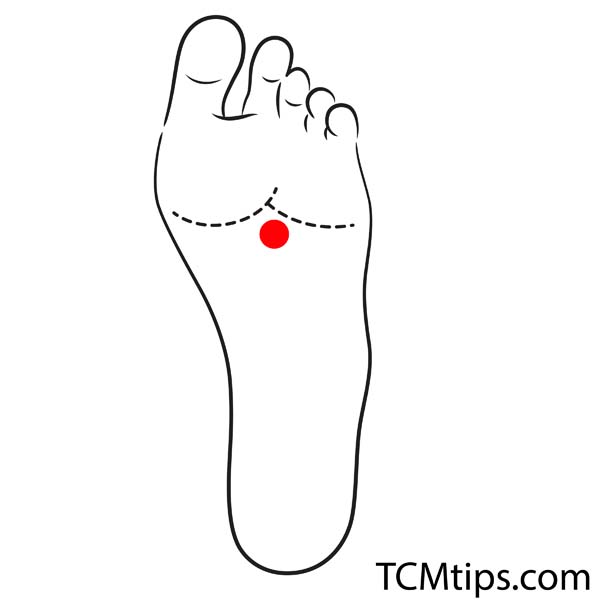
KI-1 is the lowest acupressure point, and it is located on the sole foot in a bit of stress created by the foot when it is pointed downward about 3/9 of the distance between the toe ends and the heal. Furthermore, it is an excellent point for me, and I use it when I am depressed or stressed.
Stress and depression usually disrupt my sleep and cause my adrenaline to rise. I often apply pressure to kidney 1 acupuncture point for high blood pressure in conjunction with heat to make it even more effective and relaxing.
Jiang Ya Gou

At this point, I usually see or feel a depression point-shaped when moving my finger from top to bottom obliquely.
Massaging this ditch has a potential health benefit since it can indirectly stimulate the spinal nerves, thus lowering your blood pressure. It is also particularly helpful to relieve high blood pressure headaches.
How to massage Jiang Ya Gou
- I use my index finger or middle finger of both hands to massage the hypotensive ditch on the back of my ears, starting from top to bottom.
- I repeat this procedure for about 5 minutes.
Are There Acupressure Points For High Blood Pressure During Pregnancy?

During pregnancy, high blood pressure is rare, but its treatment is relatively essential. Globally it is estimated that only 2.6-3.5% of pregnant women suffer from Pregnancy-Induced Elevated Blood Pressure, also known as Pregnancy-Induced Hypertension (PIH) or gestational hypertension.
Gestational hypertension can cause a severe and complicated issue, and it is accompanied by symptoms like oedema and proteins in the urine. This situation is carefully monitored since it can lead to maternal and death of the fetus.
It is obvious women like me suffering from chronic hypertension can also get pregnant. To ensure I deriver successfully, acupressure massage for high blood pressure during pregnancy and hypertension treatments can be of great help during pregnancy.
Signs and symptoms of gestational hypertension:
- Severe headaches
- Nausea
- Vomiting
- Abdominal pain
- Blurred vision
If you present such symptoms, it is advisable to seek the doctor’s attention immediately.
There are two stages for acupressure methods during pregnancy:
1. Acupressure during early pregnancy
During early pregnancy, pericardium six is the best point to perform acupressure. I can easily locate it in my wrist’s inner side and two inches above. There is a point between these tendons.
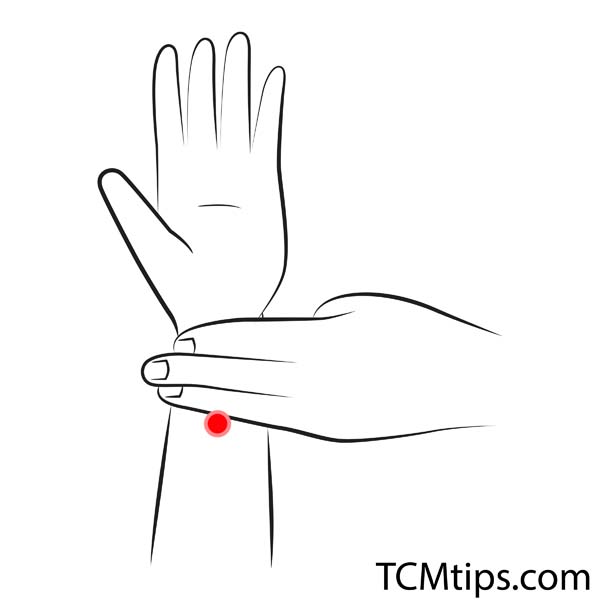
2. Acupressure during late pregnancy
Acupressure during late pregnancy helps me prepare well for birth. Urinary bladder 62, kidney 8, Kidney 1, gallbladder 34, and stomach 36 are the five points I usually massage and stimulate to ensure I have a healthy labor and birth.
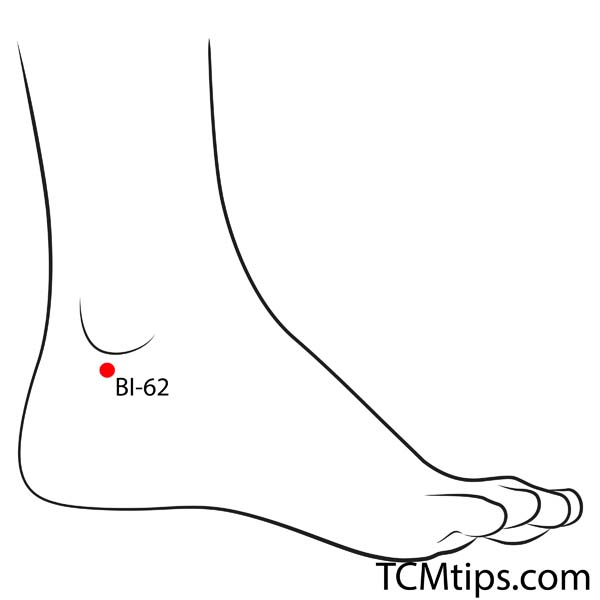



Kindly note that you should begin massaging and stimulating these points on the 37th week of your pregnancy until the day you give birth.
Practicing these acupressure points during pregnancy, especially LI-11, helps boost my body immunity and relieve me from other labor-related pains.
During pregnancy, I practice acupressure to reduce pain because it influences the integrity of the amniotic fluid membrane and the cervix dilation, which helps women prefer natural birth.

Try our Anti-Aging Gua Sha Tool designed to bring out your skin’s natural glow.
Best Gua Sha Product- Anti-Aging: The tool is designed to target 11 specific aging signs such as wrinkles and sagging skin. By following the 7-step routine, users can improve skin firmness and reduce fine lines naturally.
- Enhances Skincare Routine: It works effectively with serums and lotions, boosting absorption and efficacy of skincare products.
- Visible Skin Improvement: Users can expect a smoother complexion, reduced puffiness, and a more youthful appearance.
 P. Sze
P. Sze 





